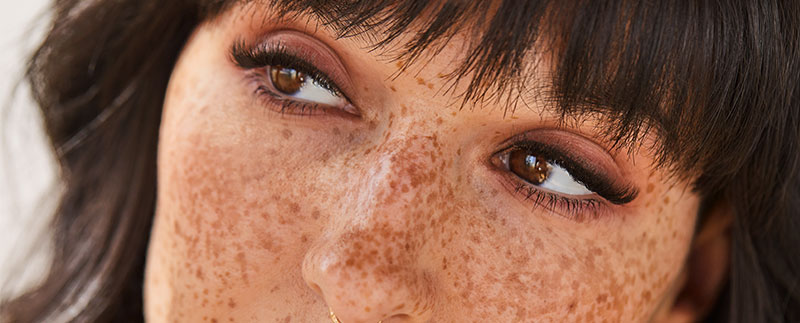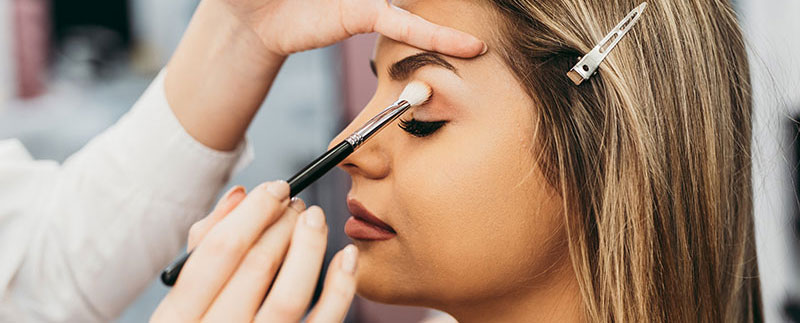You know paint-and-sip wine parties are all the rage right now. You and your friends get together, drink some wine, and paint a picture from start to finish. It’s a fun way to spend an evening out socializing with your friends.
So why not bring that fun into your theory classroom?
First rule: SKIP THE WINE! Go with coffee, tea, or sparkling alcohol-free beverages. Then take the topic you are working on and host your own paint-and-sip experience for your students.
This would work great on subjects like anatomy, infection control, diseases and disorders, or even color theory. You could have students paint a diagram of a cell, a color wheel or the structure, diseases and disorders of the skin or nails, all while they drink lattes, coffee, etc.
They will need to identify the parts of what they are painting as well in order to make it educational.
You could purchase five-by-seven or larger canvases at any discount store or craft supply store. Instead of canvases, you could go with textured card-stock paper also available at any craft supply store.
Get some acrylic paints, brushes in multiple sizes, paper plates for students to mix colors, cups to clean brushes in, and paper towels.
Don’t forget the beverage that will help to create a fun atmosphere.
I’ve always wanted to go to a paint-and-sip party, but I don’t go because I’m not an artist. I’m terrible! Really, I have a hard time drawing a straight line. No talent whatsoever! I imagine you will get the same feedback from some of your students: “I can’t draw!” And that is okay. Let them know it isn’t about creating a work of art, it is about learning and having some fun.
Now I don’t like to ask you to do anything that I’ve not at least tried, so I gave it a shot. I set up at my desk and tried to paint the color wheel and the bones of the hand.
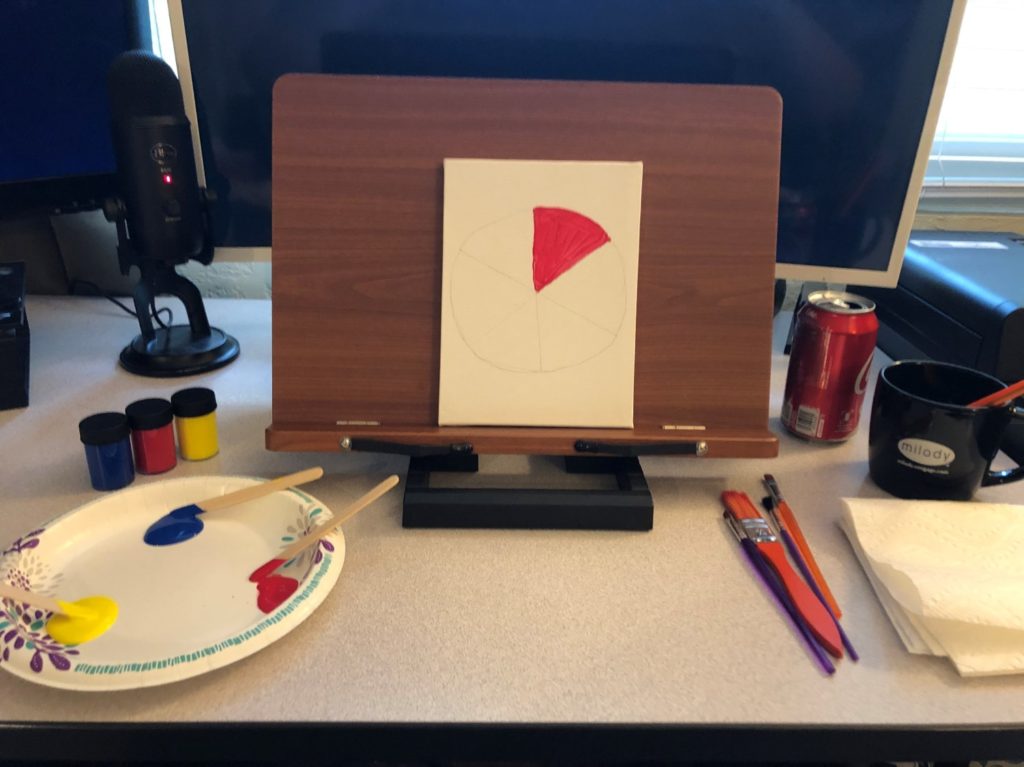
Because I was so stressed about not being an artist, I outlined what I was drawing on the paper in pencil, and then I simply painted the picture that I had outlined. That made it so much simpler for me. That could work for some of your students too.
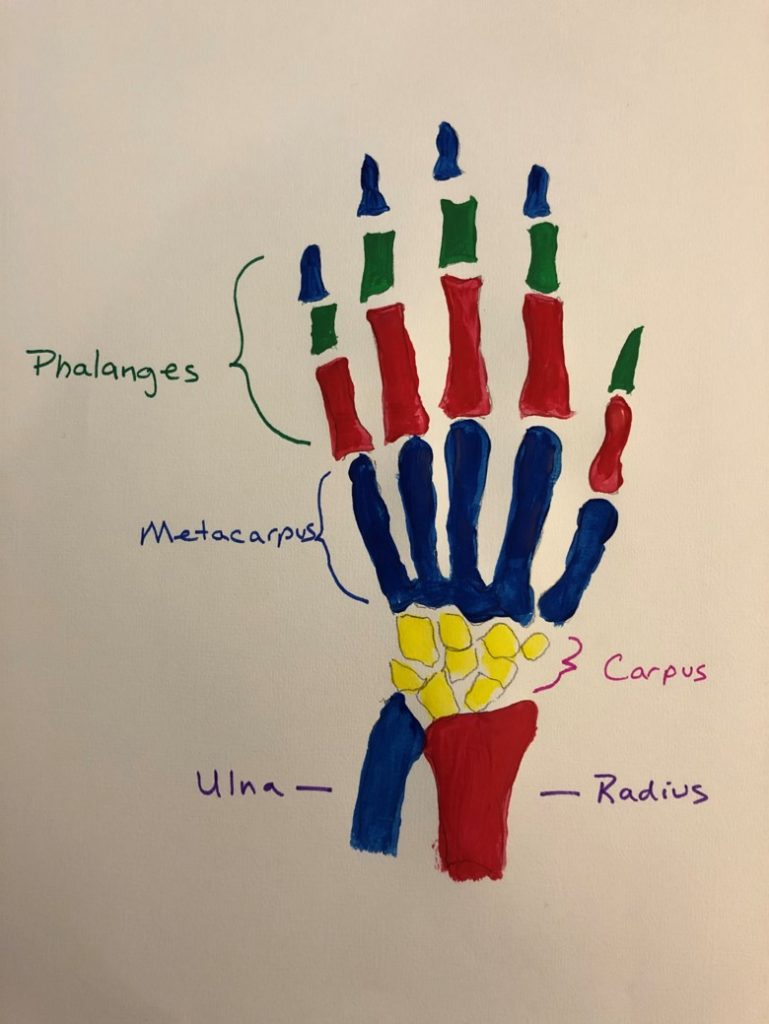
Turns out, it was fairly easy and fun to do. I used only the three primary colors and then had to mix the colors to get my color wheel. I did only primary and secondary colors, but give your students the added challenge of adding tertiary colors too.
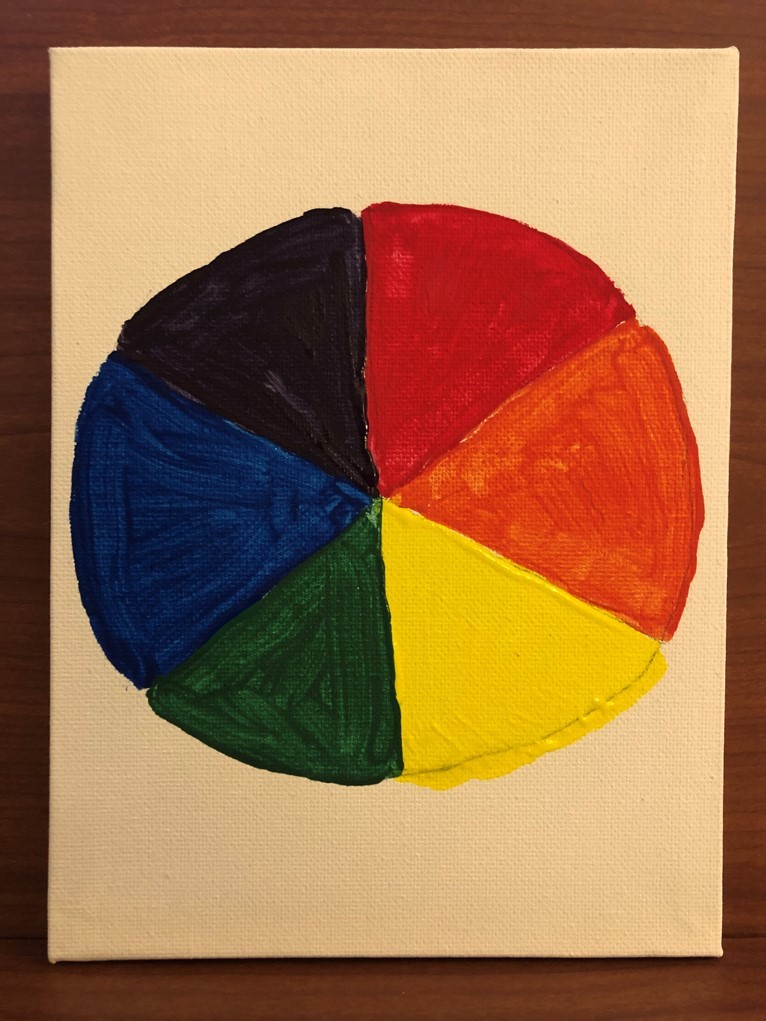
Give it a shot. Next time students are learning about the layers of the skin, grab a latte and some paints and have students paint the diagram of the layers of skin. While they are doing it, they can enjoy each other’s company and bring some fun to their learning.

